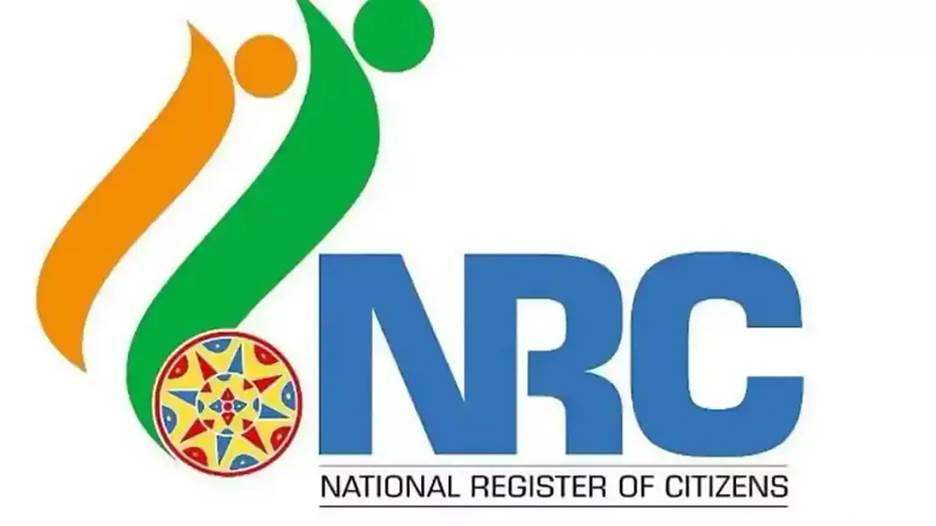Free Courses Sale ends Soon, Get It Now


Free Courses Sale ends Soon, Get It Now



Copyright infringement not intended
In News
Background
Demography of Manipur
Concern
Status of the NRC in India
https://epaper.thehindu.com/Home/ShareArticle?OrgId=G6HA4JPQD.1&imageview=0
https://t.me/+hJqMV1O0se03Njk9
© 2024 iasgyan. All right reserved